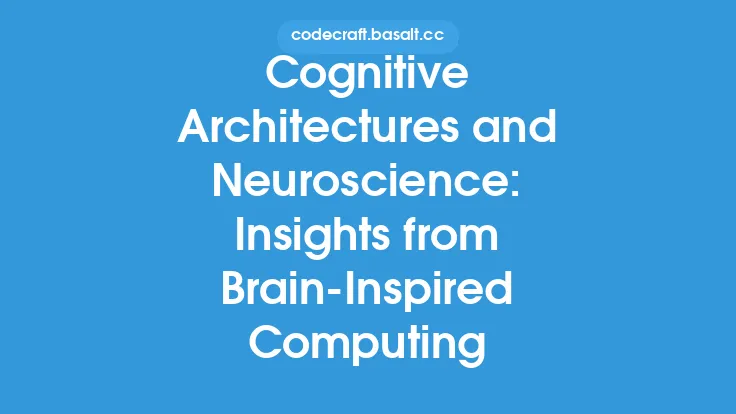Network topologies and architectures are the backbone of computer networking, providing the framework for devices to communicate with each other. A network topology refers to the physical or logical arrangement of devices on a network, while the architecture refers to the overall design and structure of the network. Understanding these concepts is crucial for designing, implementing, and maintaining efficient and reliable networks.
Network Topologies
Network topologies can be broadly classified into several types, including bus, star, ring, mesh, and hybrid topologies. Each topology has its own advantages and disadvantages, and the choice of topology depends on the specific requirements of the network.
- Bus topology: In a bus topology, all devices are connected to a single cable, known as the backbone. This topology is simple and inexpensive to implement, but it can be difficult to troubleshoot and maintain. Bus topology is rarely used in modern networks due to its limitations.
- Star topology: In a star topology, all devices are connected to a central device, known as a hub or switch. This topology is more reliable and easier to maintain than bus topology, and it is widely used in local area networks (LANs).
- Ring topology: In a ring topology, devices are connected in a circular configuration, and data travels in one direction around the ring. This topology is used in some LANs and metropolitan area networks (MANs), but it can be difficult to install and maintain.
- Mesh topology: In a mesh topology, each device is connected to every other device, providing multiple paths for data to travel. This topology is highly reliable and fault-tolerant, but it can be expensive to implement and maintain.
- Hybrid topology: A hybrid topology combines elements of multiple topologies, such as a star-bus or ring-mesh topology. This topology is used in some networks to provide a combination of reliability, flexibility, and cost-effectiveness.
Network Architectures
Network architectures refer to the overall design and structure of a network, including the arrangement of devices, the flow of data, and the management of network resources. There are several types of network architectures, including:
- Client-server architecture: In a client-server architecture, devices on the network are either clients or servers. Clients request services or resources from servers, which provide them. This architecture is widely used in LANs and WANs (wide area networks).
- Peer-to-peer architecture: In a peer-to-peer architecture, all devices on the network are equal, and each device can act as both a client and a server. This architecture is used in some LANs and is popular for file sharing and other applications.
- Distributed architecture: In a distributed architecture, network resources and services are distributed across multiple devices, providing improved reliability, scalability, and performance. This architecture is used in some WANs and is popular for cloud computing and other applications.
Network Models
Network models provide a framework for understanding and designing network architectures. The most common network model is the OSI (Open Systems Interconnection) model, which consists of seven layers:
- Physical layer: This layer defines the physical means of data transmission, such as cables, wireless signals, and network interface cards.
- Data link layer: This layer provides error-free transfer of data frames between two devices on the same network, using protocols such as Ethernet or Wi-Fi.
- Network layer: This layer routes data between devices on different networks, using protocols such as IP (Internet Protocol).
- Transport layer: This layer provides reliable data transfer between devices, using protocols such as TCP (Transmission Control Protocol) or UDP (User Datagram Protocol).
- Session layer: This layer establishes, maintains, and terminates connections between applications running on different devices.
- Presentation layer: This layer converts data into a format that can be understood by the receiving device, using protocols such as SSL (Secure Sockets Layer) or TLS (Transport Layer Security).
- Application layer: This layer provides services and interfaces for applications to communicate with each other, using protocols such as HTTP (Hypertext Transfer Protocol) or FTP (File Transfer Protocol).
Network Design Considerations
When designing a network, there are several factors to consider, including:
- Scalability: The network should be able to grow and adapt to changing requirements, such as increased traffic or new devices.
- Reliability: The network should be designed to minimize downtime and ensure continuous operation, using techniques such as redundancy and failover.
- Security: The network should be designed to protect against unauthorized access, using techniques such as firewalls, encryption, and authentication.
- Performance: The network should be designed to provide high performance, using techniques such as quality of service (QoS) and traffic shaping.
- Cost: The network should be designed to minimize costs, using techniques such as virtualization and cloud computing.
Conclusion
Network topologies and architectures are critical components of computer networking, providing the framework for devices to communicate with each other. Understanding these concepts is essential for designing, implementing, and maintaining efficient and reliable networks. By considering factors such as scalability, reliability, security, performance, and cost, network designers can create networks that meet the needs of users and organizations, and provide a foundation for future growth and innovation.





